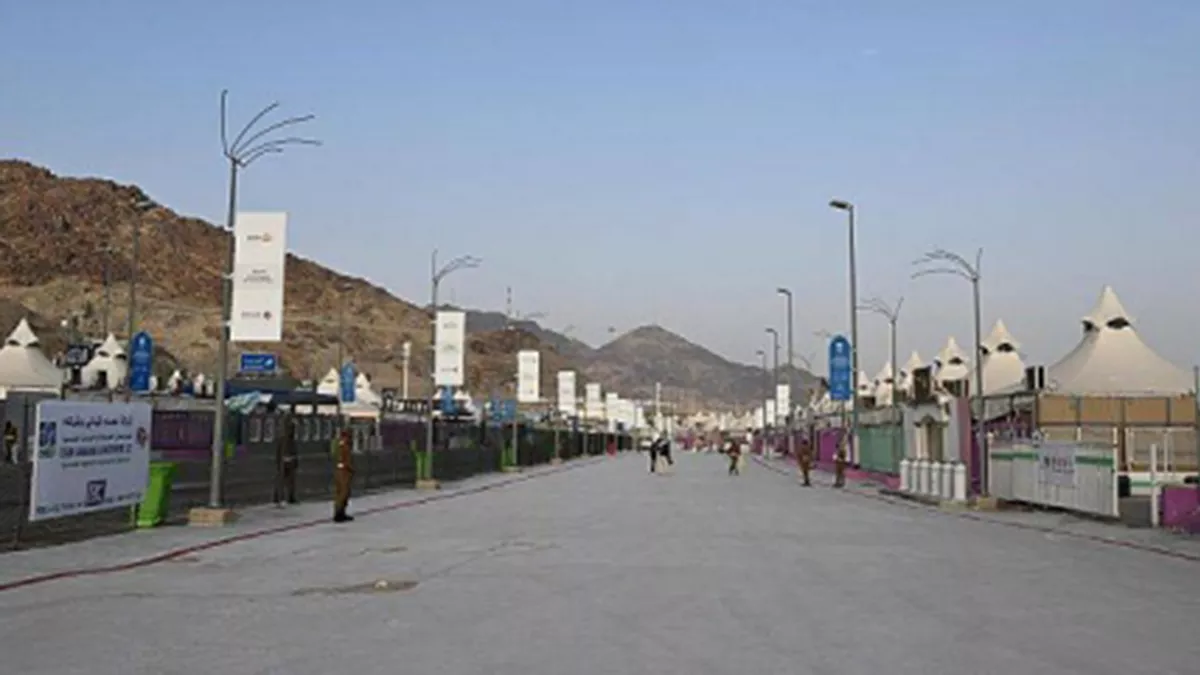The heat-blocking coating of some roads and pedestrian paths at the Holy Sites offered relief for pilgrims under the hot sun
27 Jun 2023
News
A calming effect could be created for pilgrims by the heat-blocking coating on some roadways and pedestrian walkways at the Holy Sites of Mina, Arafat, and Muzdalifah. On the first day of the yearly pilgrimage of Hajj, which falls during the harsh summer season, these routes provide some relief to the pilgrims as they proceed on foot towards their camps in the tent city of Mina.
In order to give the pilgrims a cool environment, the road temperature has been reduced thanks to coating technology. By intensifying the cooling of the environment surrounding them, the technique intends to offer the pilgrims total comfort. Using multiple locally produced materials that can absorb less solar radiation, the white coating helps to lower the surface temperature by around 30 degrees Celsius.
According to Abdulaziz Al-Otaibi, the General Authority for Roads' (GAR) communications coordinator, the road cooling system operates scientifically by reflecting sunlight to lower temperatures both during the day and at night. Al-Otaibi emphasised that the road cooling system uses scientific principles to reflect sunlight and lower temperatures both during the day and at night.
The GAR has put this idea into practise at important pedestrian pathways at Holy Sites, including the Jamarat stoning region, in collaboration with the Ministry of Municipal, Rural Affairs and Housing and several other pertinent entities. The research study experiment on cooling asphalt surfaces at the Holy Sites served as the foundation for the implementation of this project.
It is remarkable that the Makkah Mayoralty initiated a cool project in 2019 to cool down the Holy Sites by covering the asphalt. The pedestrian road leading to the Jamarat complex was coated as part of the project. To aid the pilgrims and lower the road's warmth, the coating was applied to a total area of around 3,500 square metres. The project's goal was to reduce the temperature by 15 to 20 degrees Celsius, and sensors buried beneath the asphalt would monitor temperatures every 10 seconds throughout the season.
